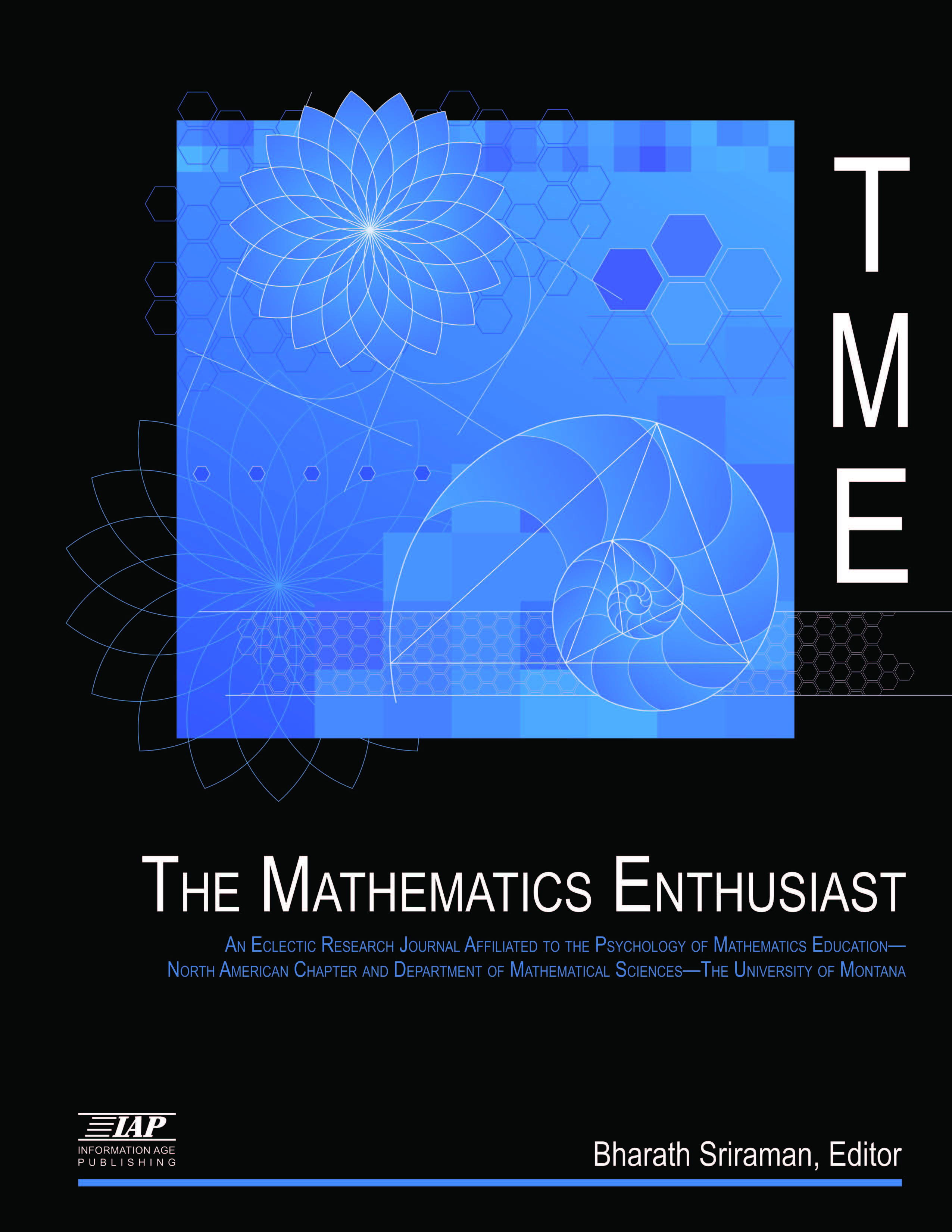
Volume
5
Issue
2-3
Abstract
The 18th century was a milestone for the incorporation of mathematics into physics. By this time already seen in Newton’s work, we know that a great deal of progress had found the light of day concerning the relationship between physics and mathematics, particularly as the latter began to deal with universal gravitation and optics. Based on his theory of monochromatic light, which used mathematics to describe optical phenomena, Newton became interested in the behavior of the various colors which, according to him, compose white light. Furthermore, toward the end of the 17th century, scientists had a remarkable mathematical tool at their disposal, differential and integral calculus, both of which were probably developed independently by Newton in Principia, and Leibniz in Acta Eruditorum, respectively. What interests us today is the fact that the utilization of these tools—or the lack thereof—was the object of many rich debates, even controversies, the nature of which partly depended on the scientific, cultural and political environment, not to mention the various ways of studying physical phenomena.
First Page
223
Last Page
230
Recommended Citation
Mayrargue, Arnaud
(2008)
"How can science history contribute to the development of new proposals in the teaching of the notion of derivatives?,"
The Mathematics Enthusiast: Vol. 5
:
No.
2
, Article 6.
DOI: https://doi.org/10.54870/1551-3440.1103
Available at:
https://scholarworks.umt.edu/tme/vol5/iss2/6
Digital Object Identifier (DOI)
10.54870/1551-3440.1103
